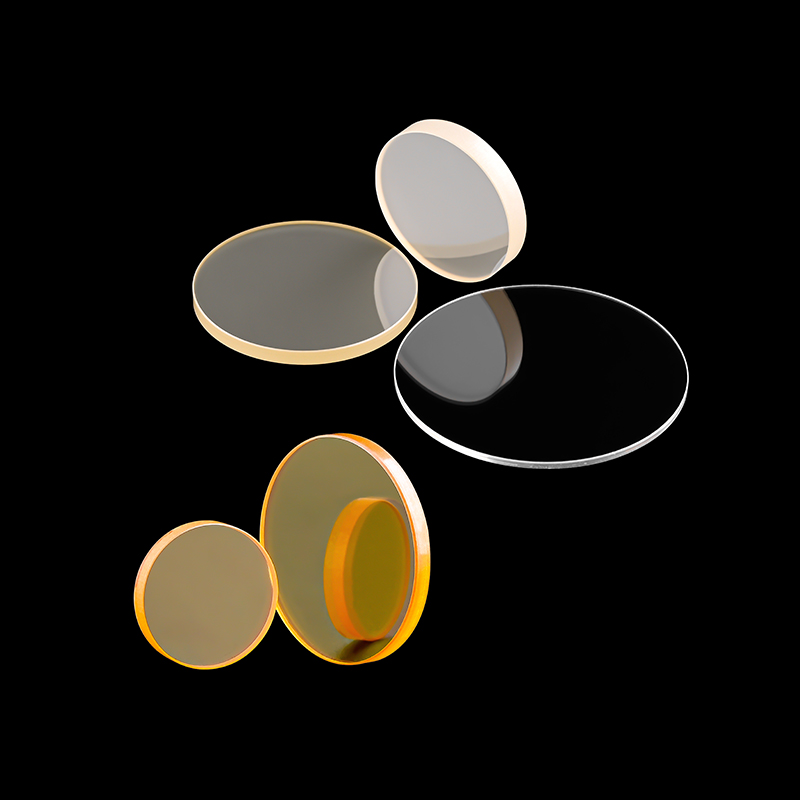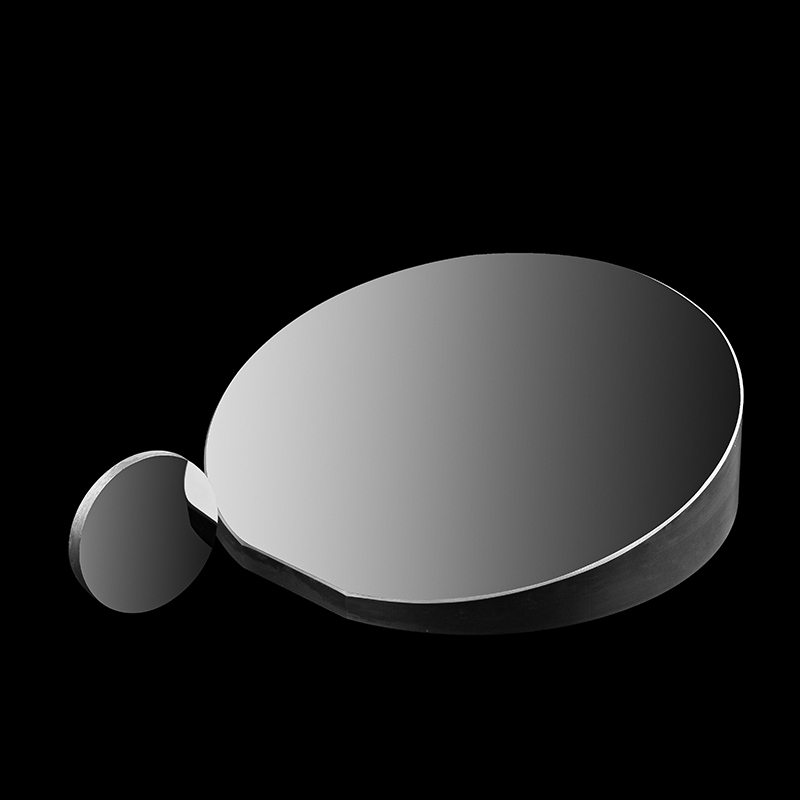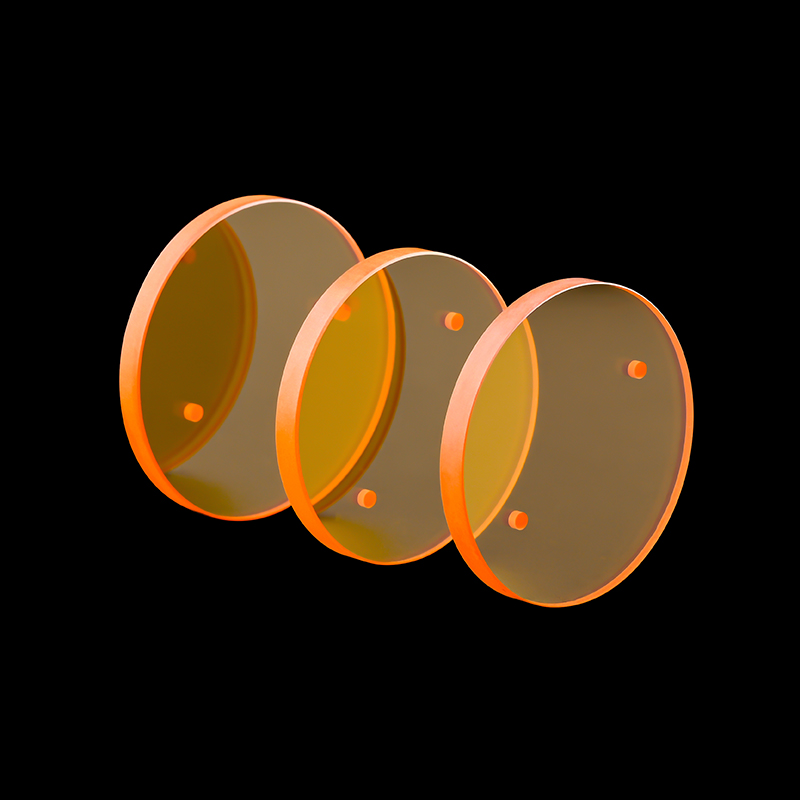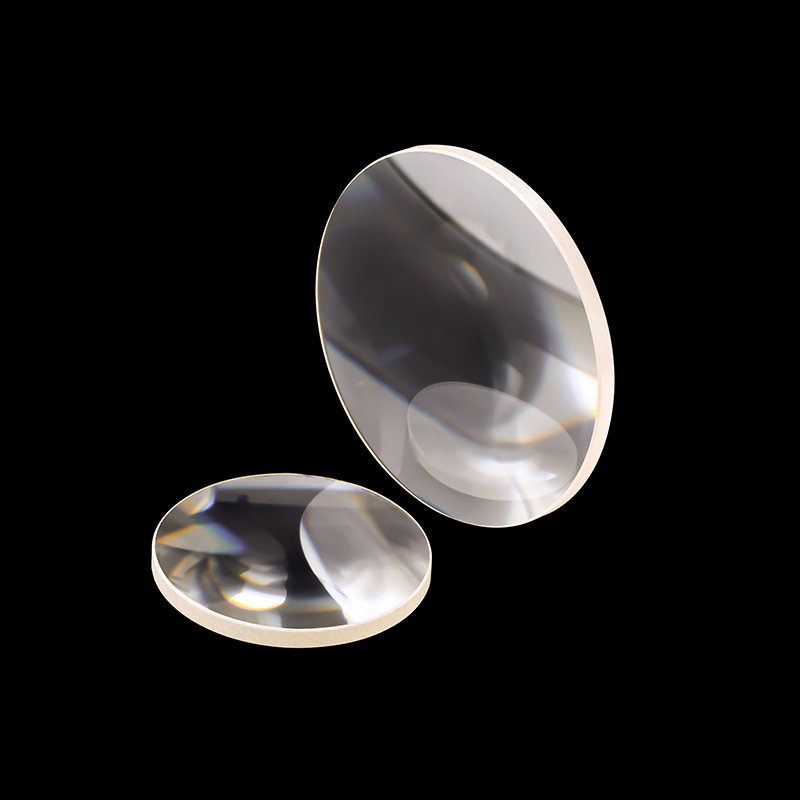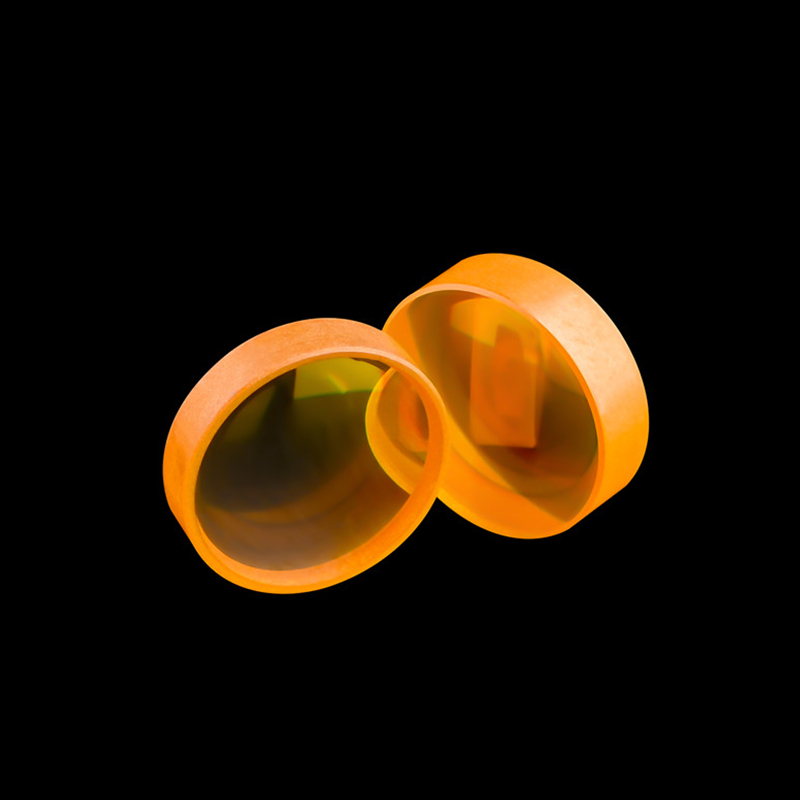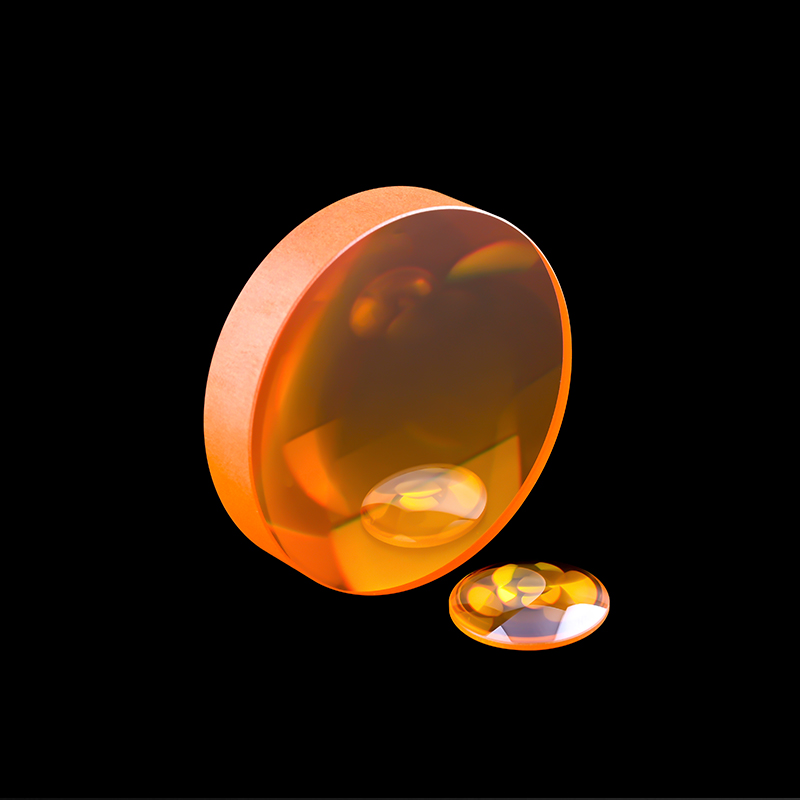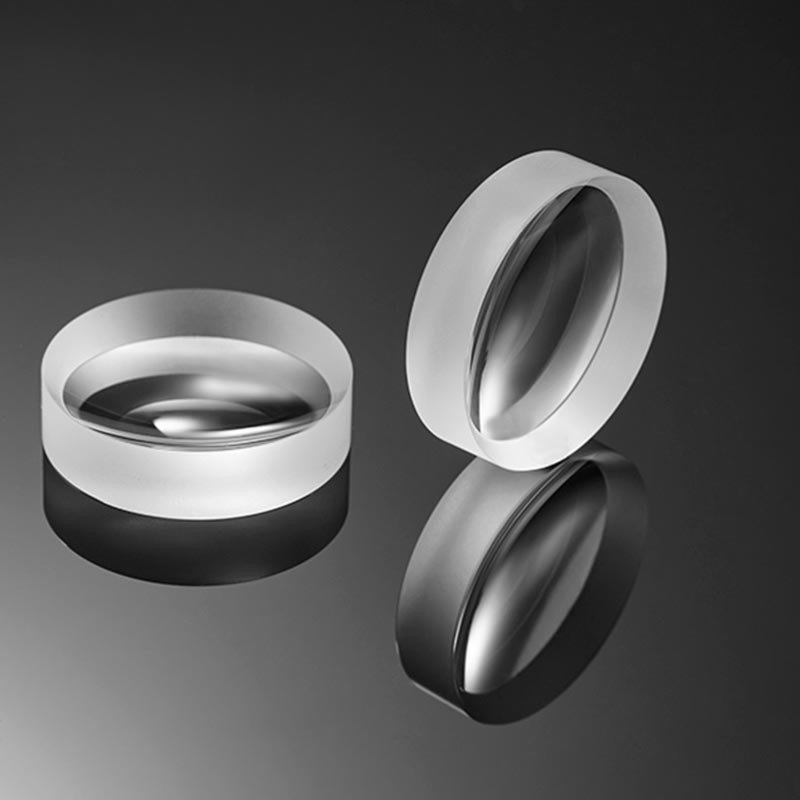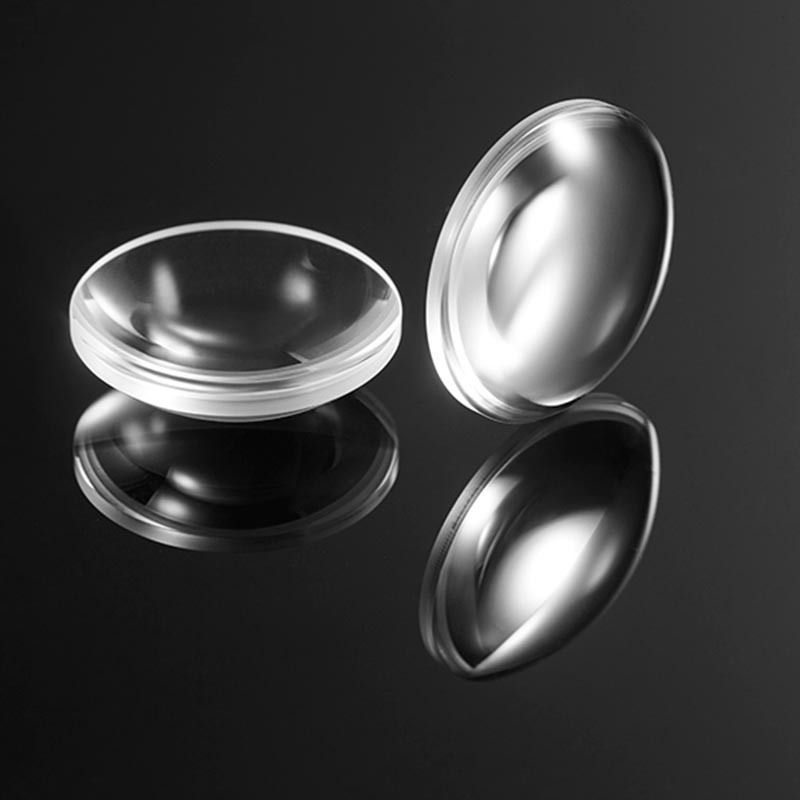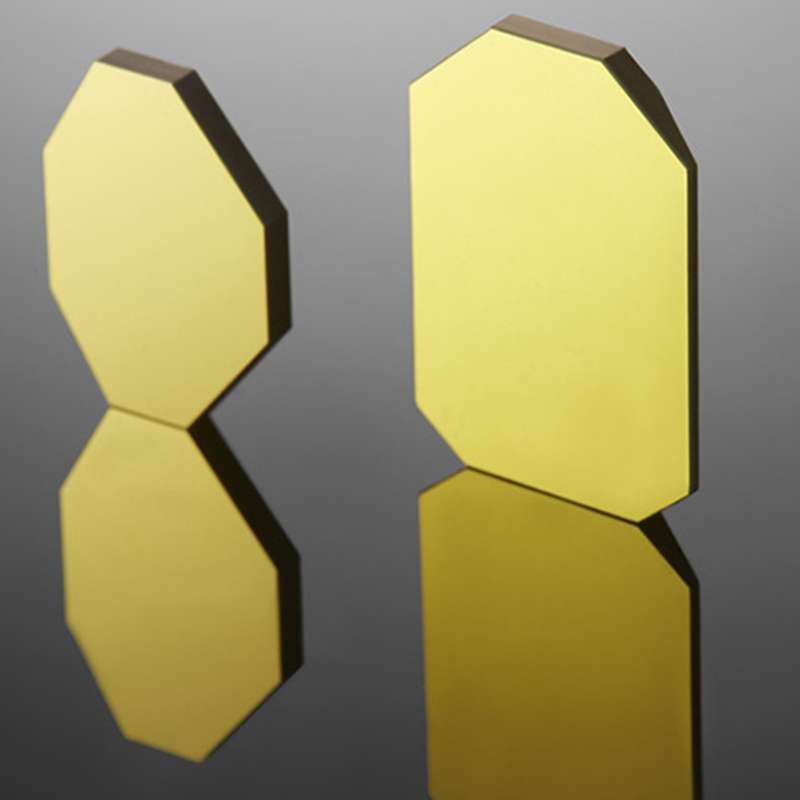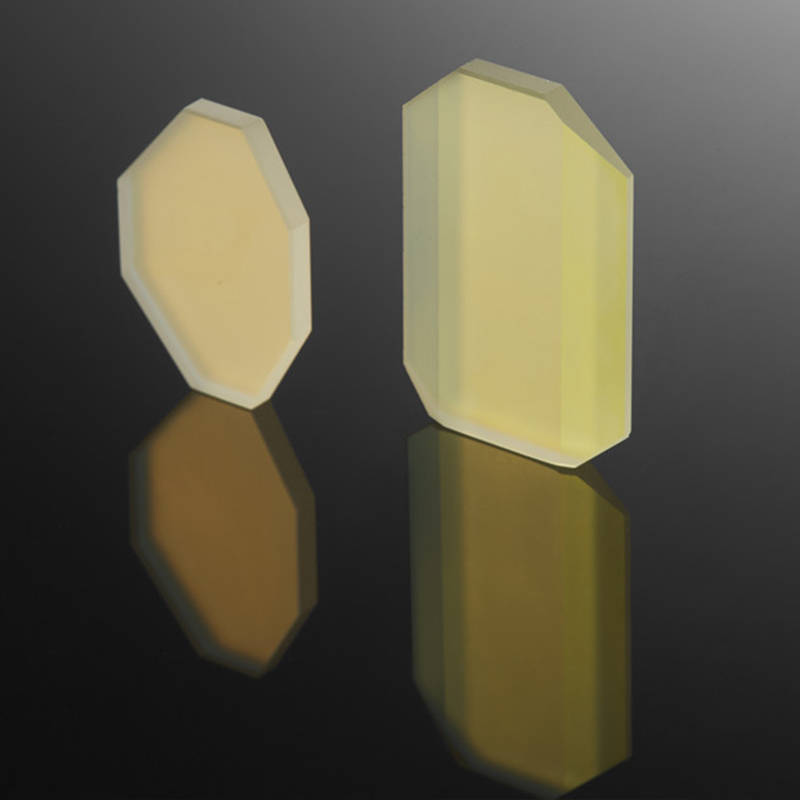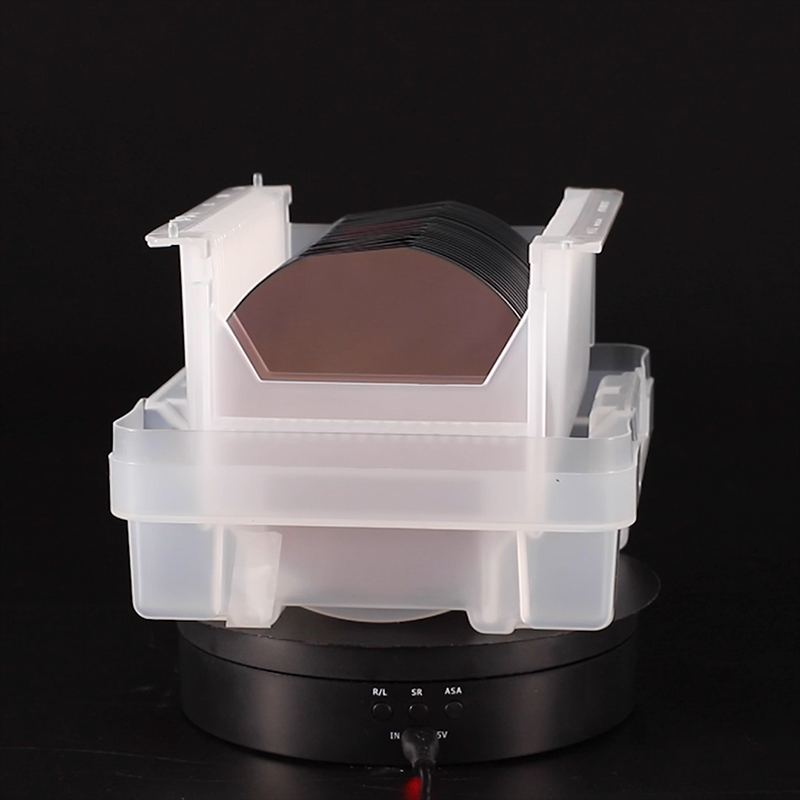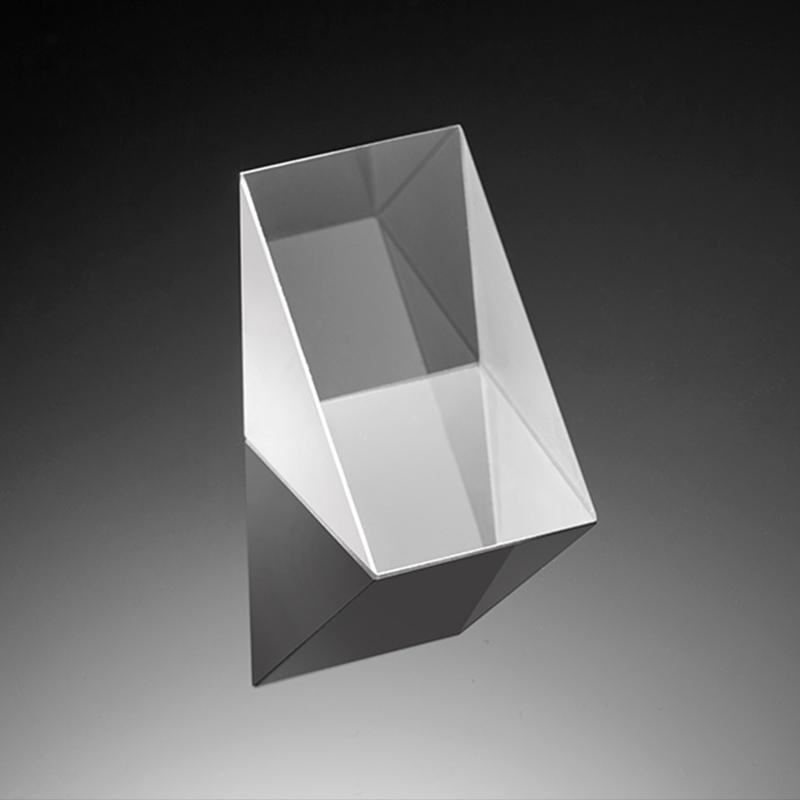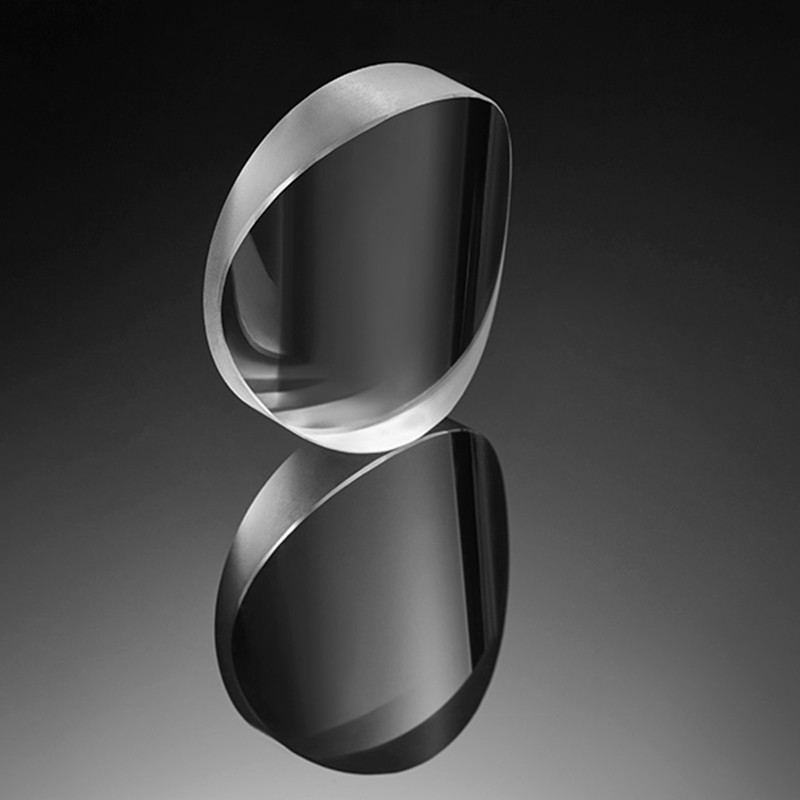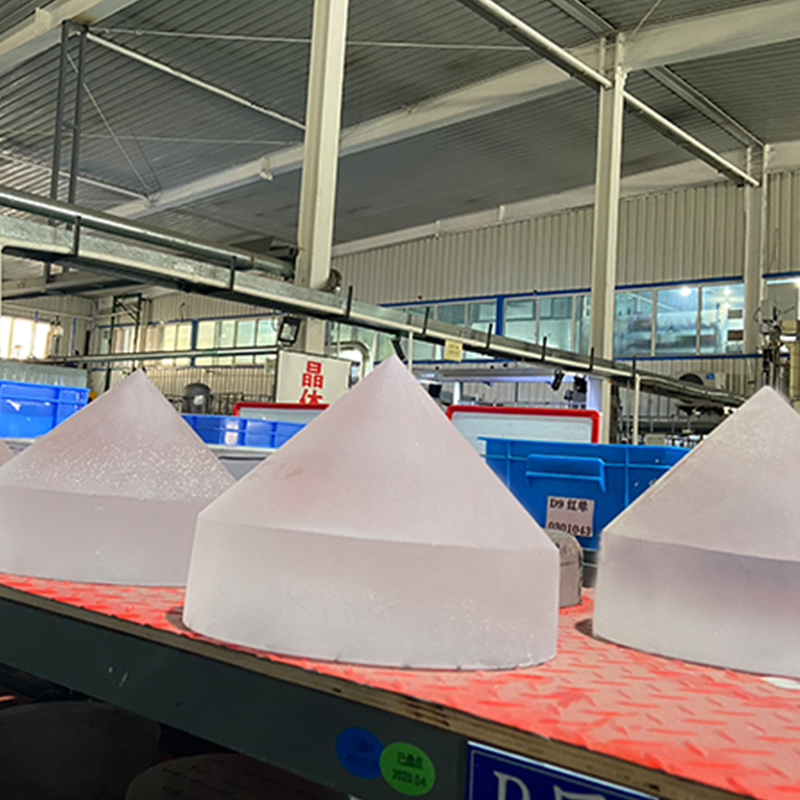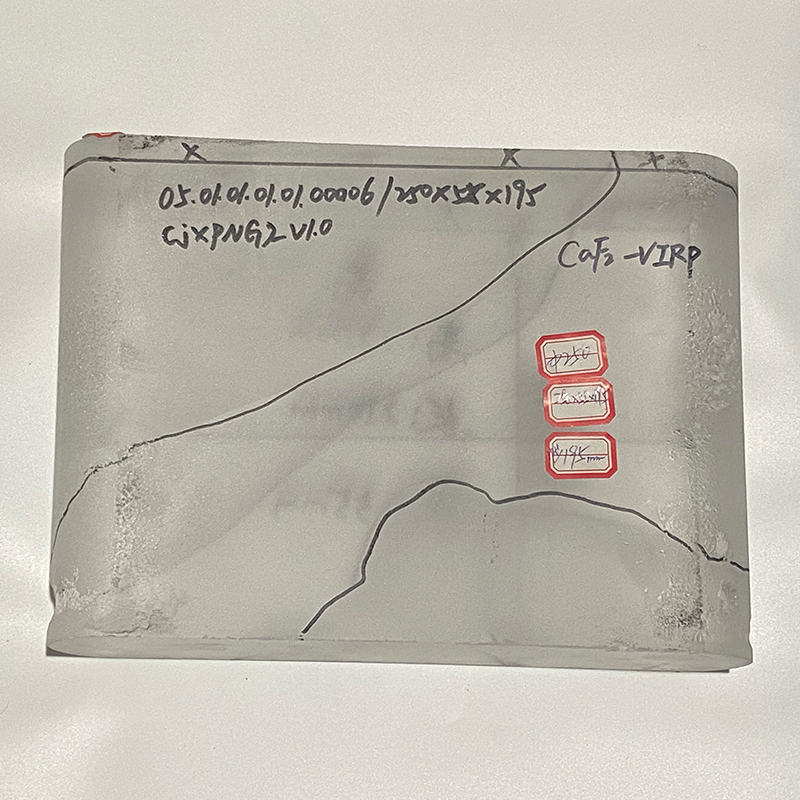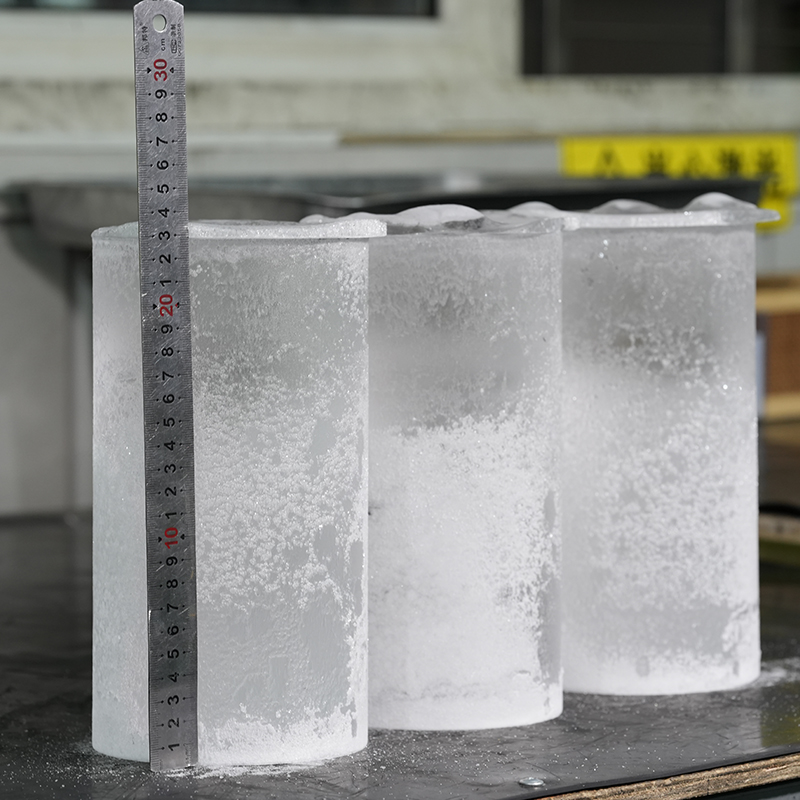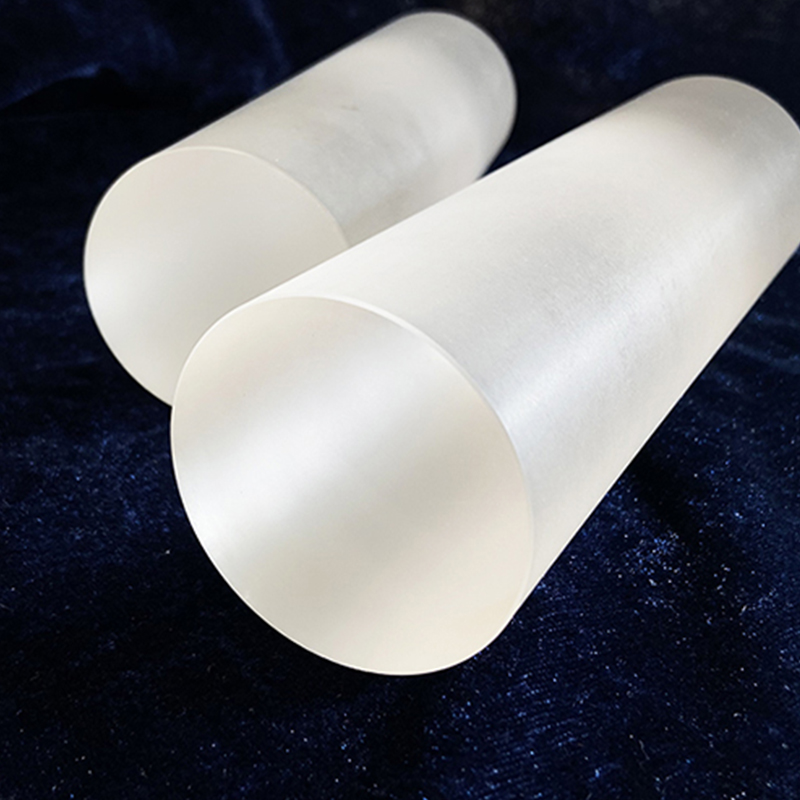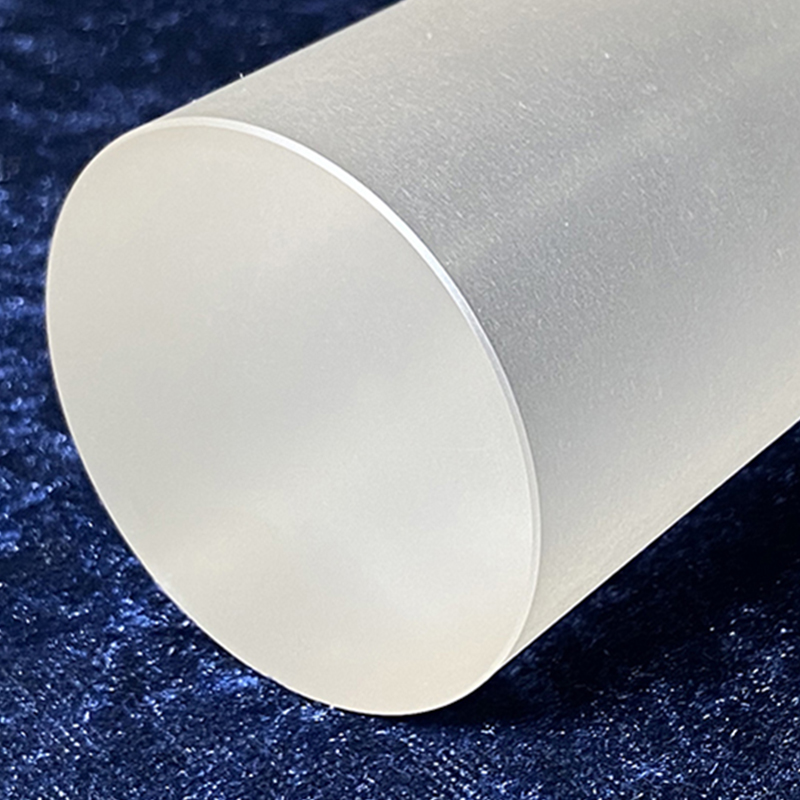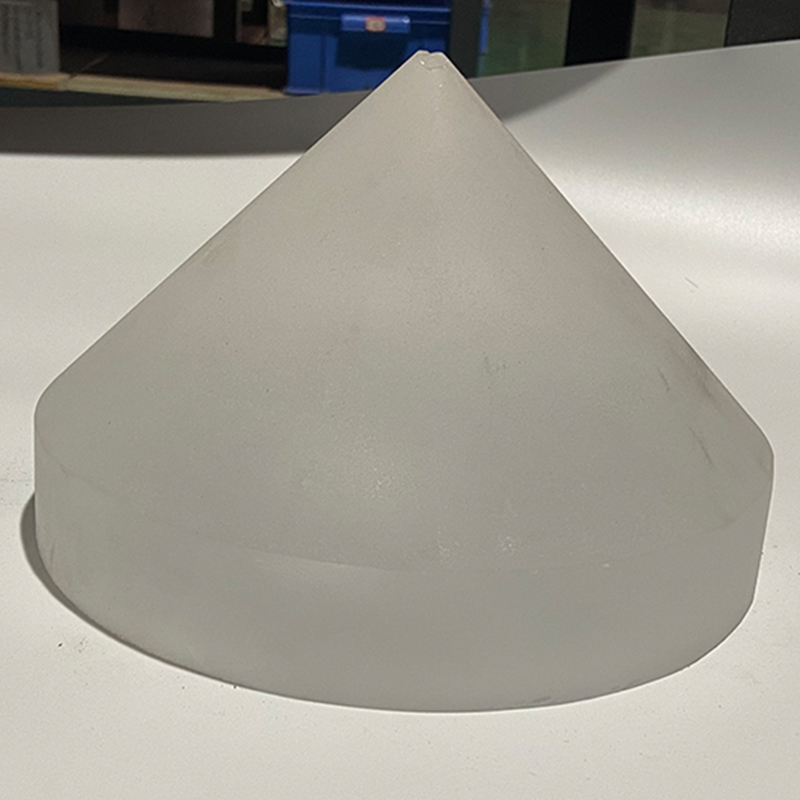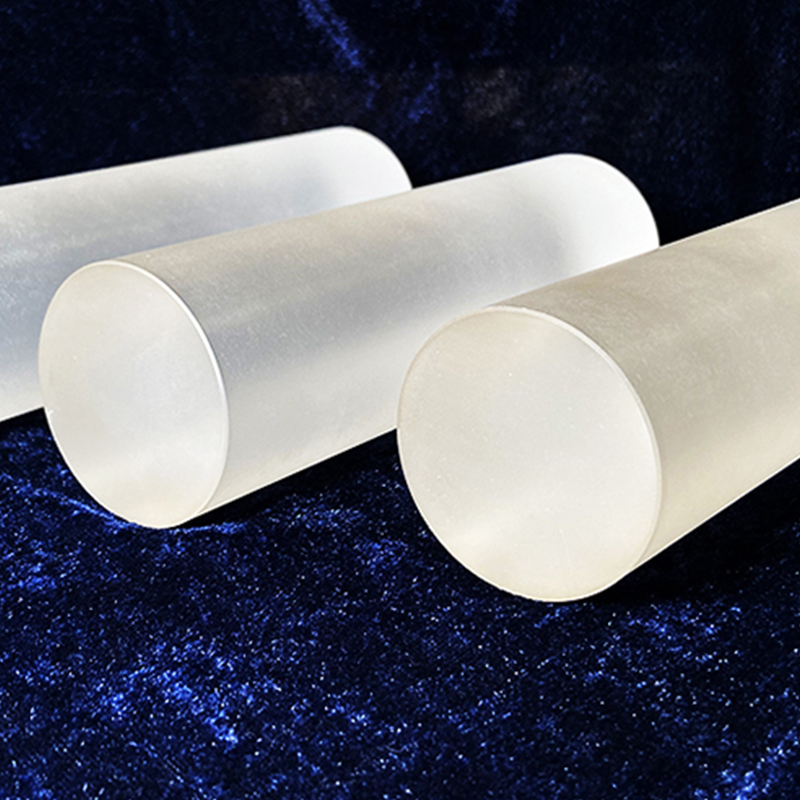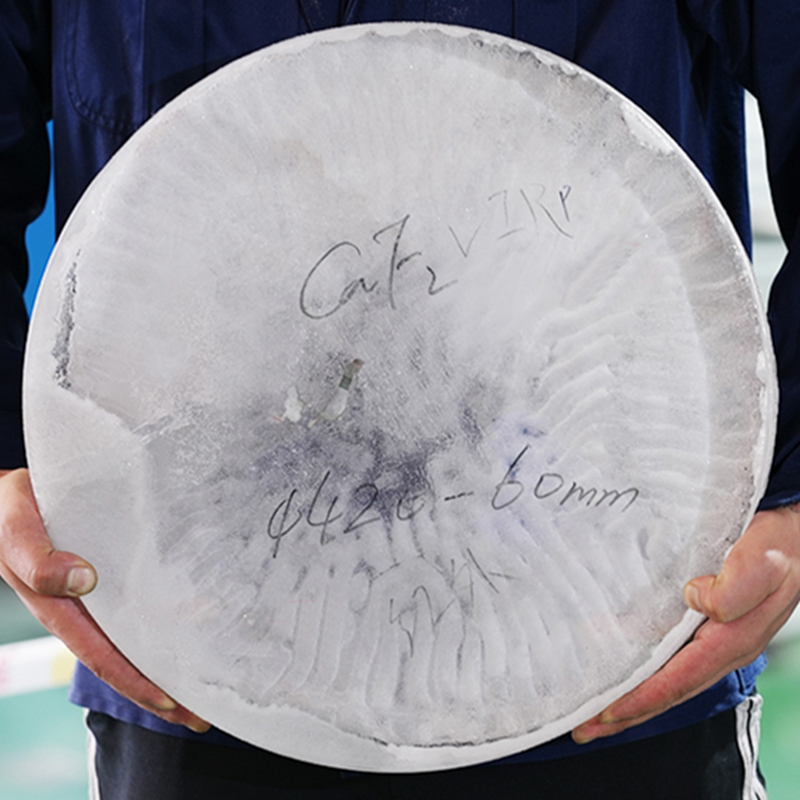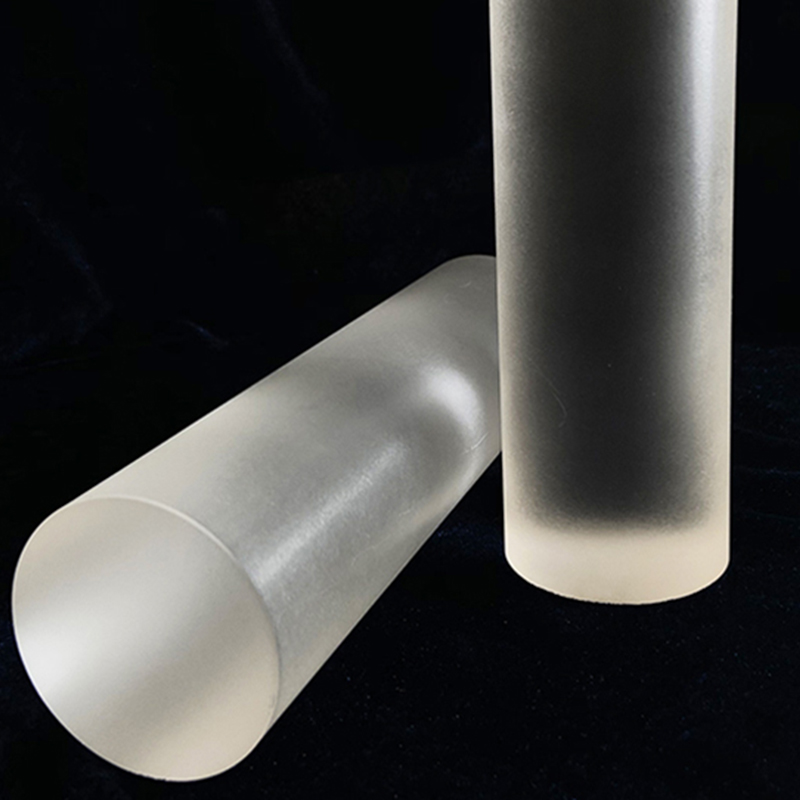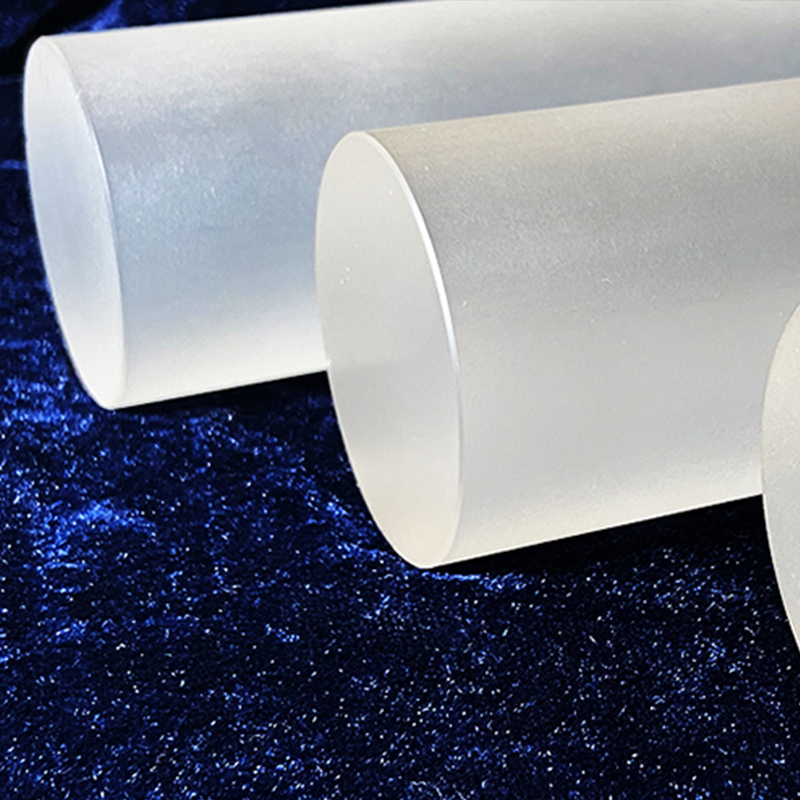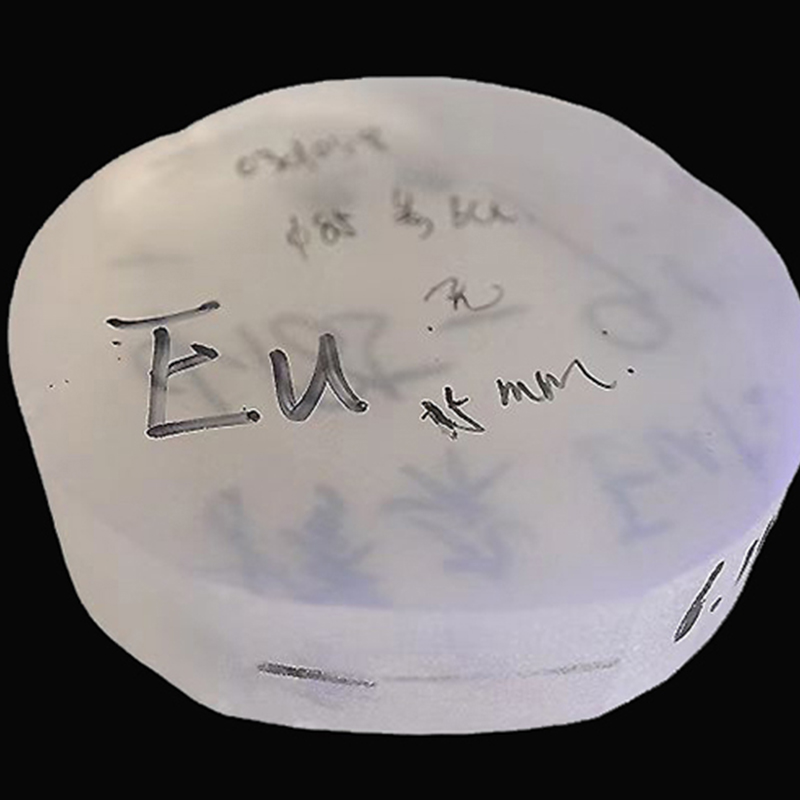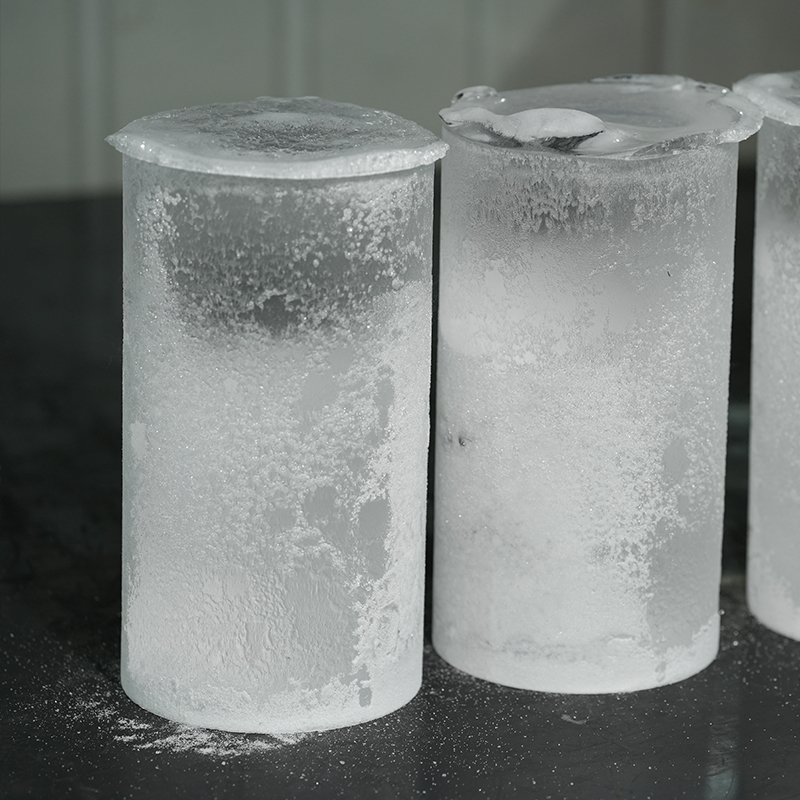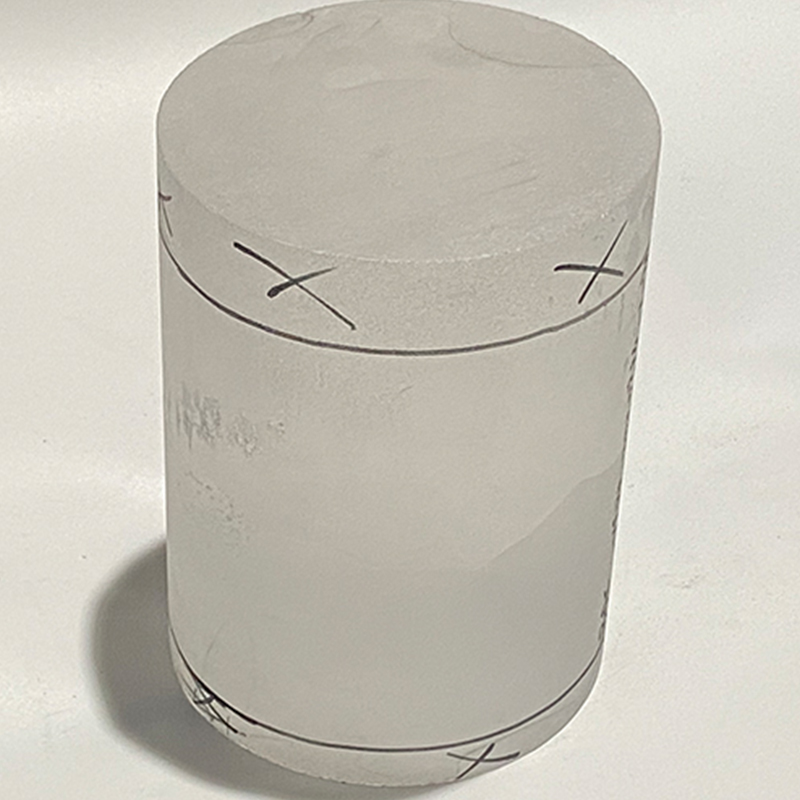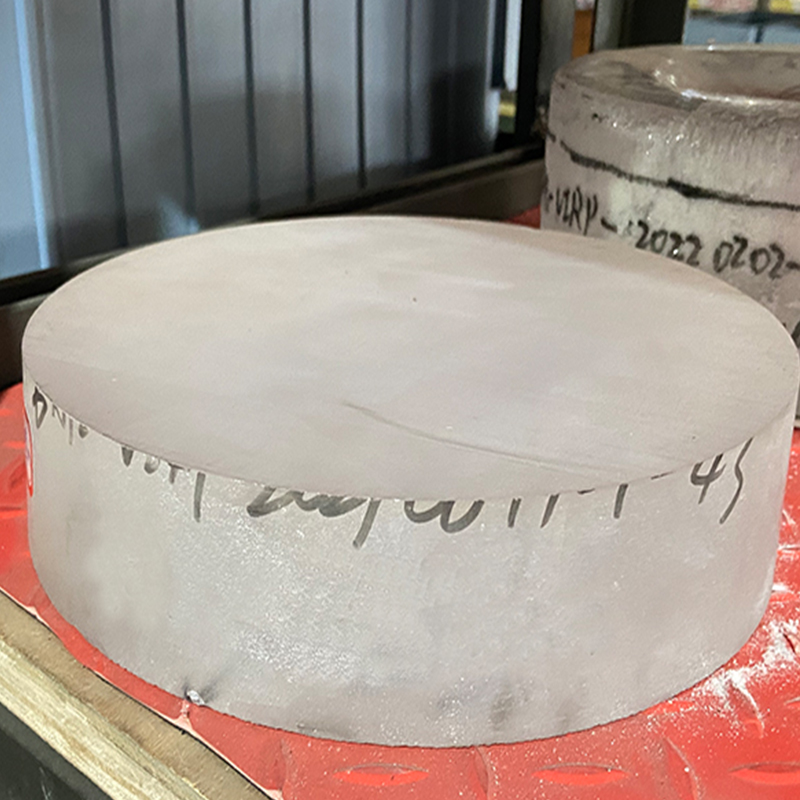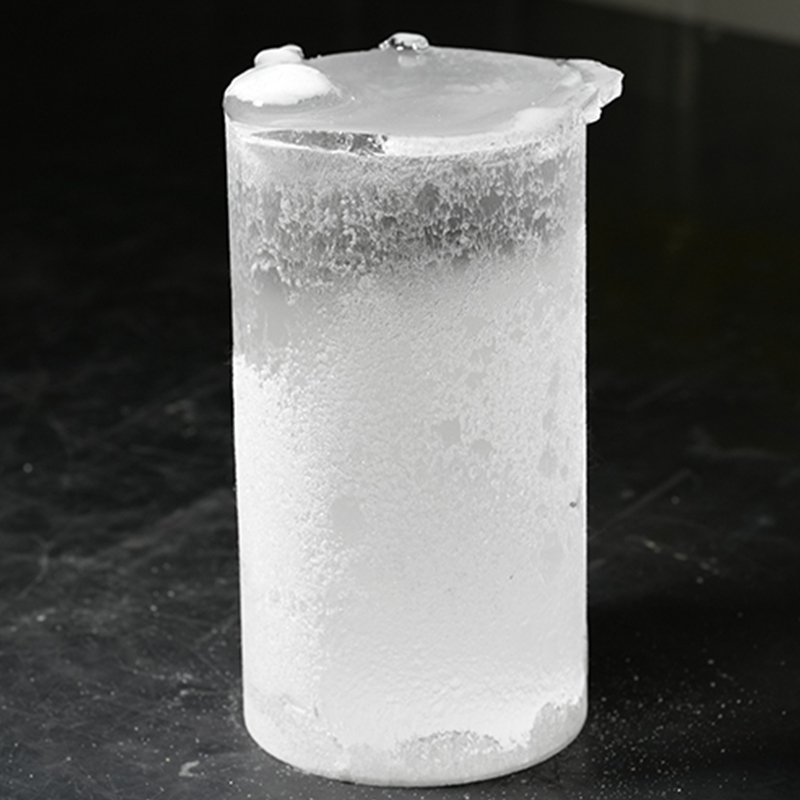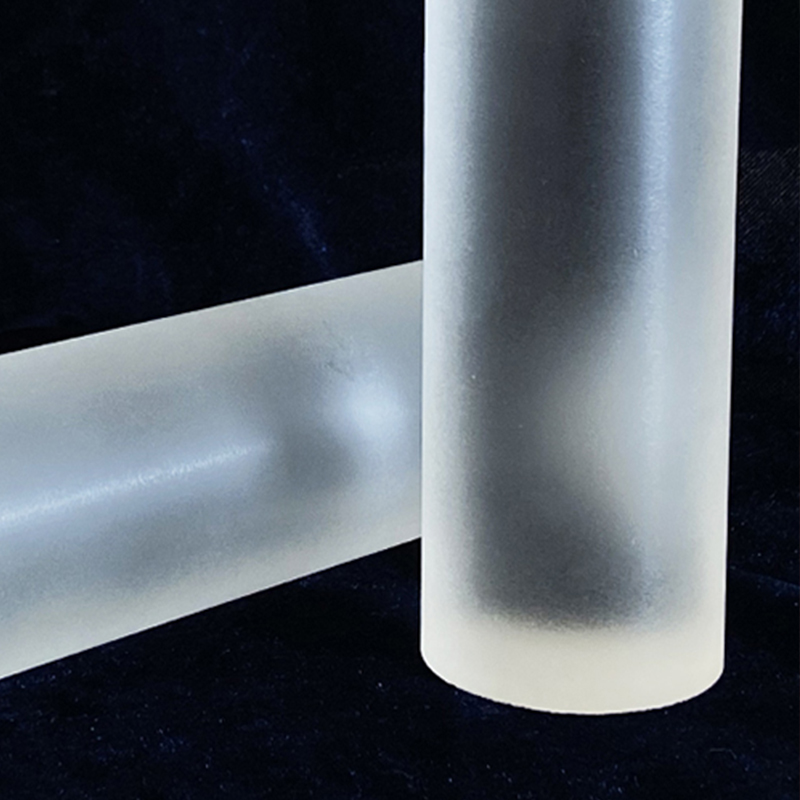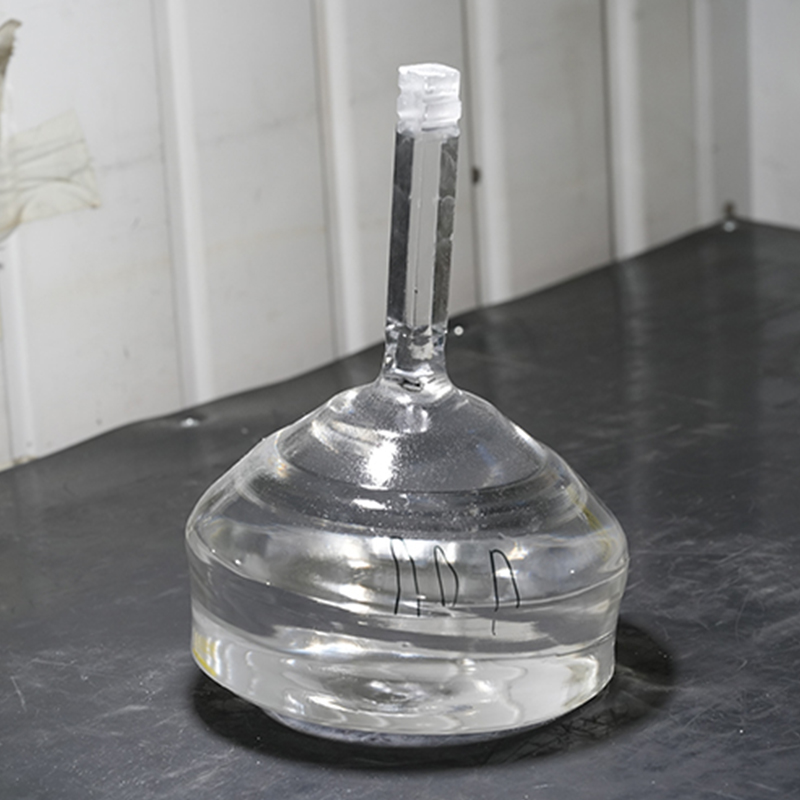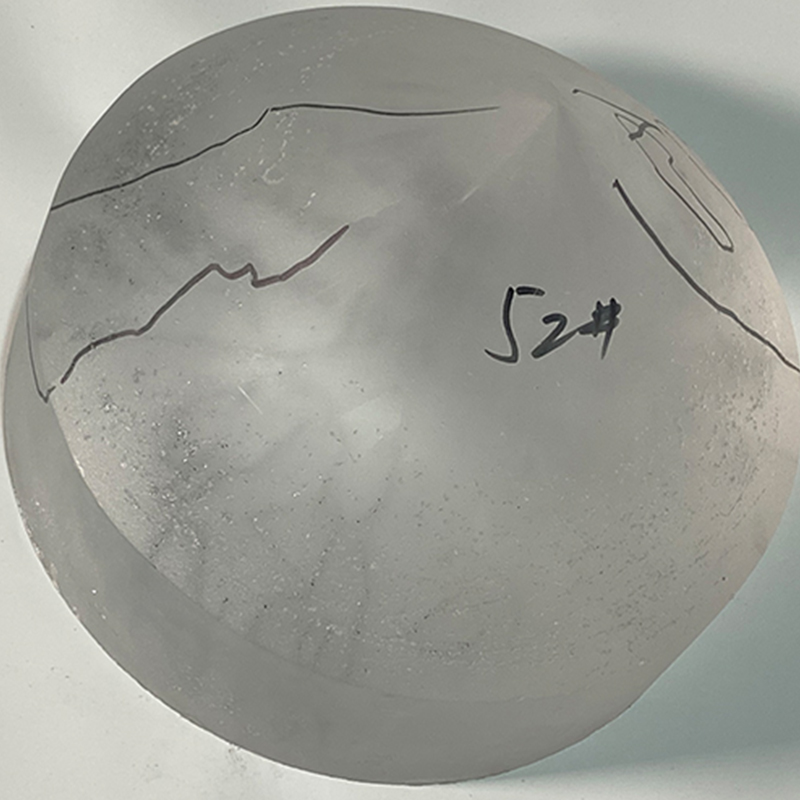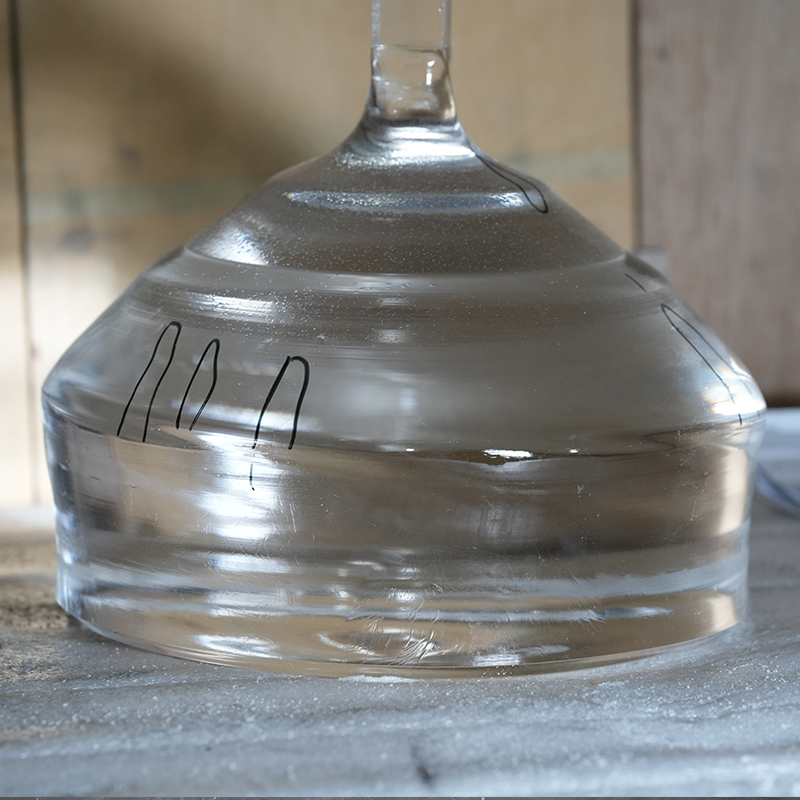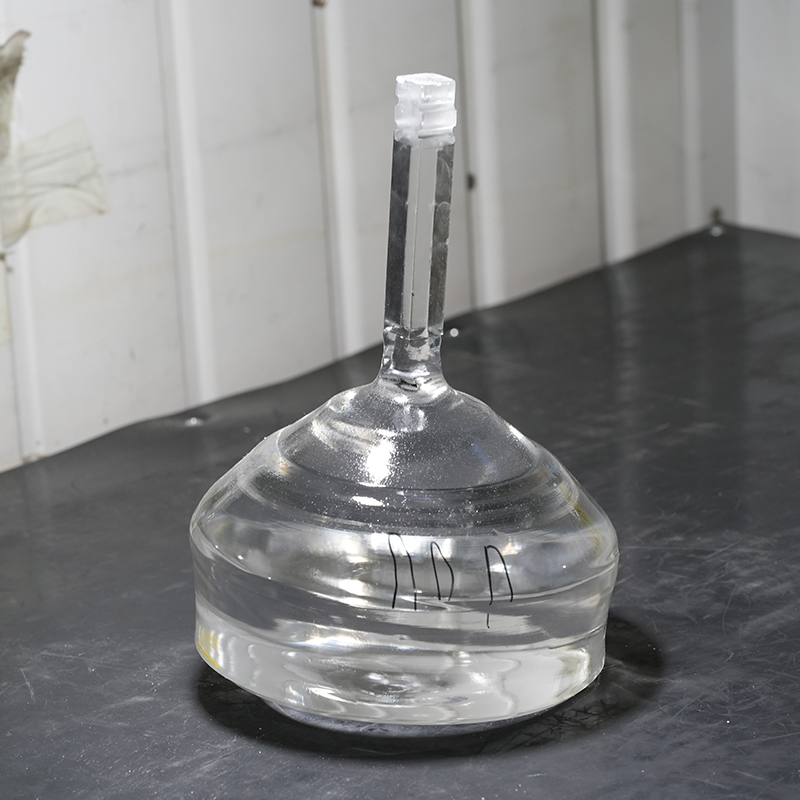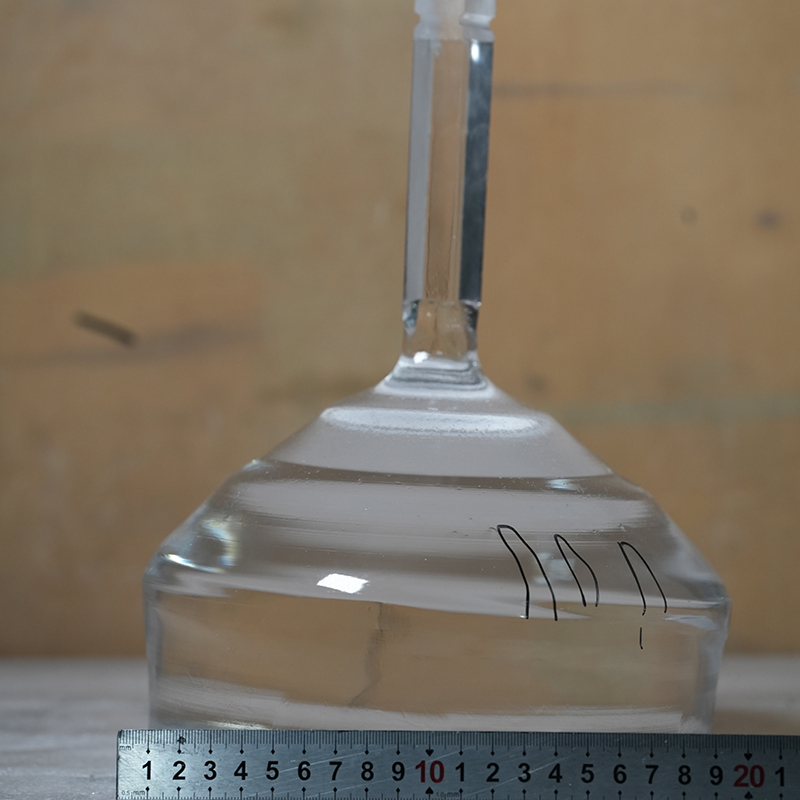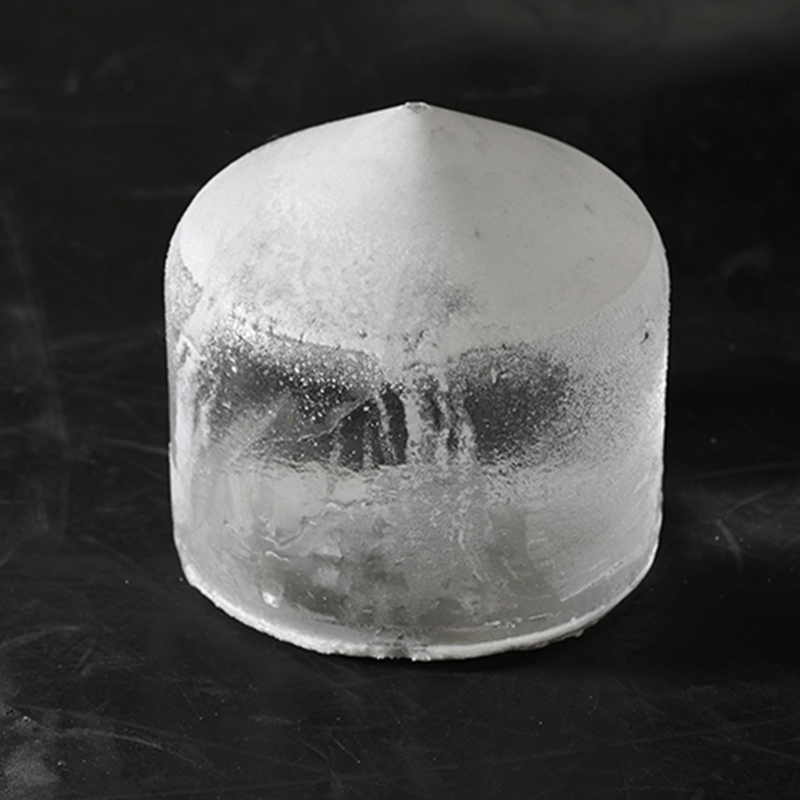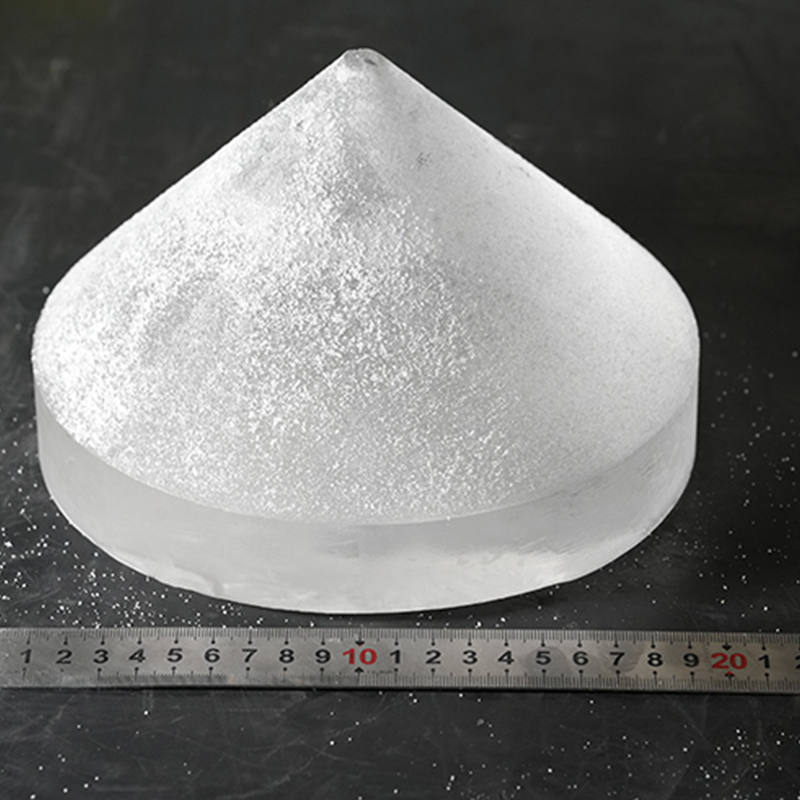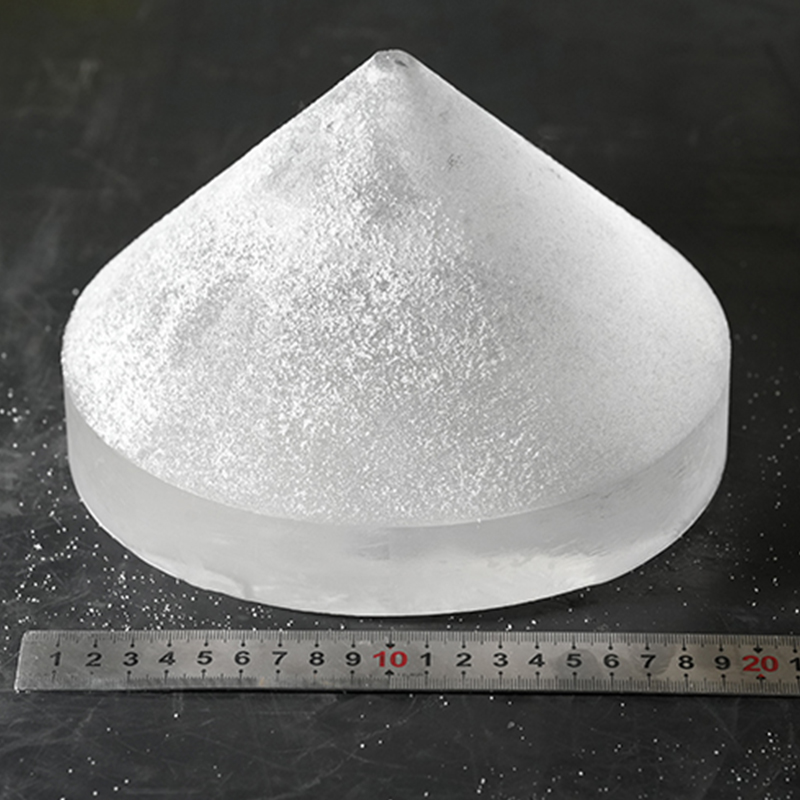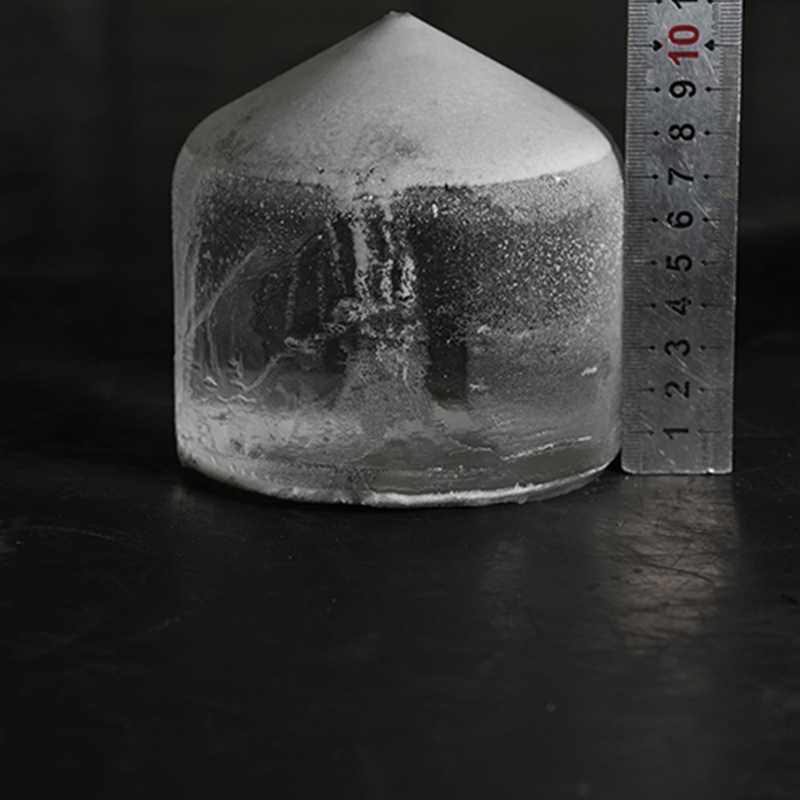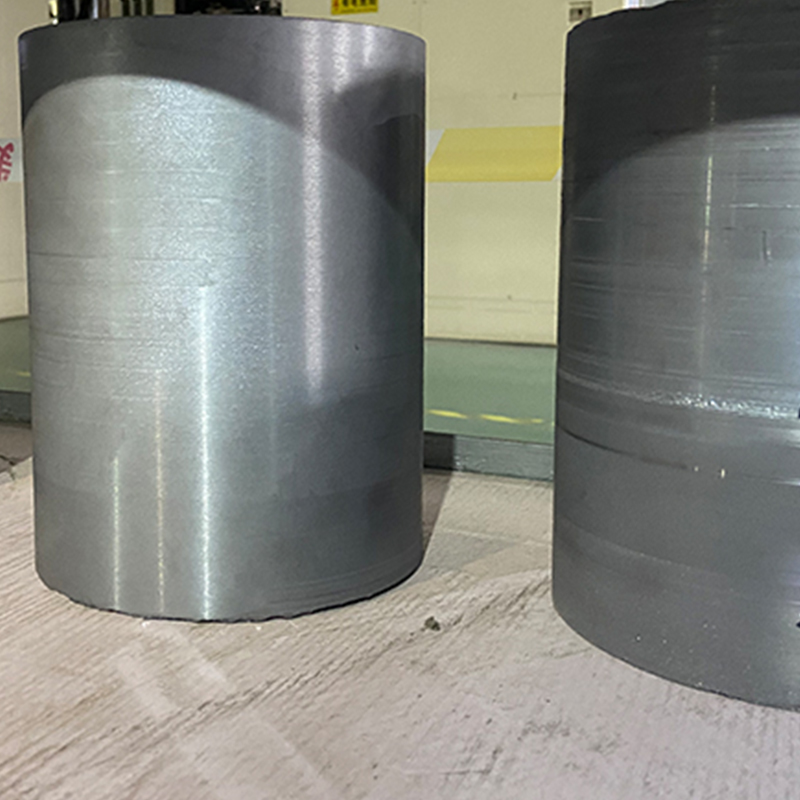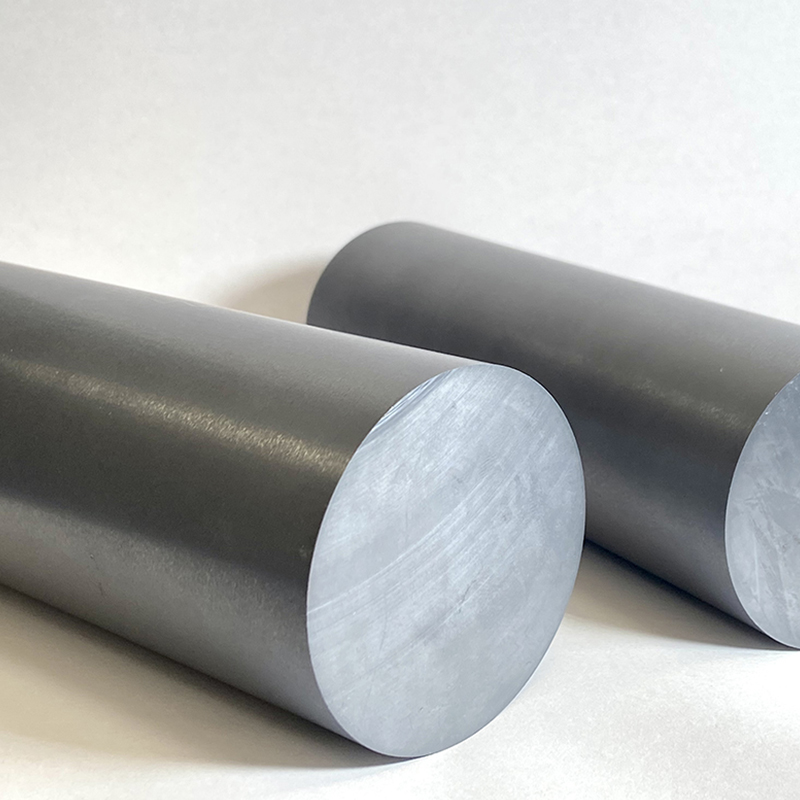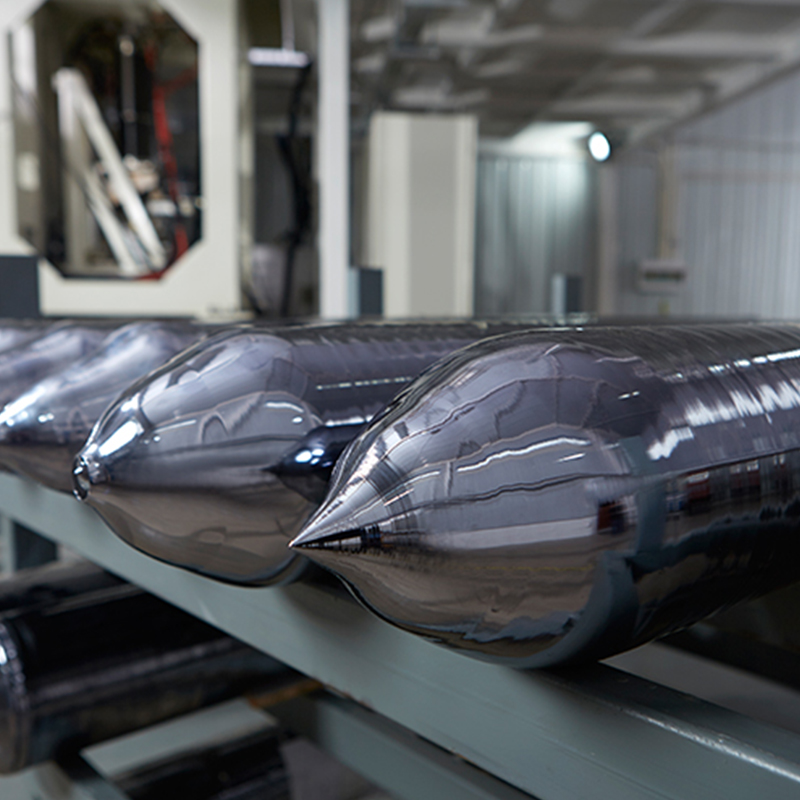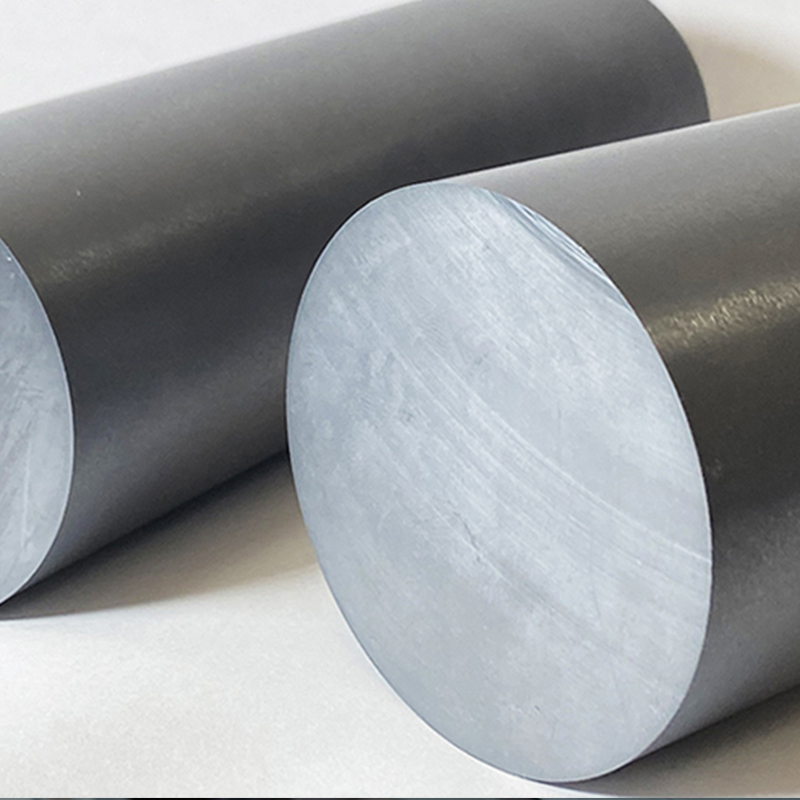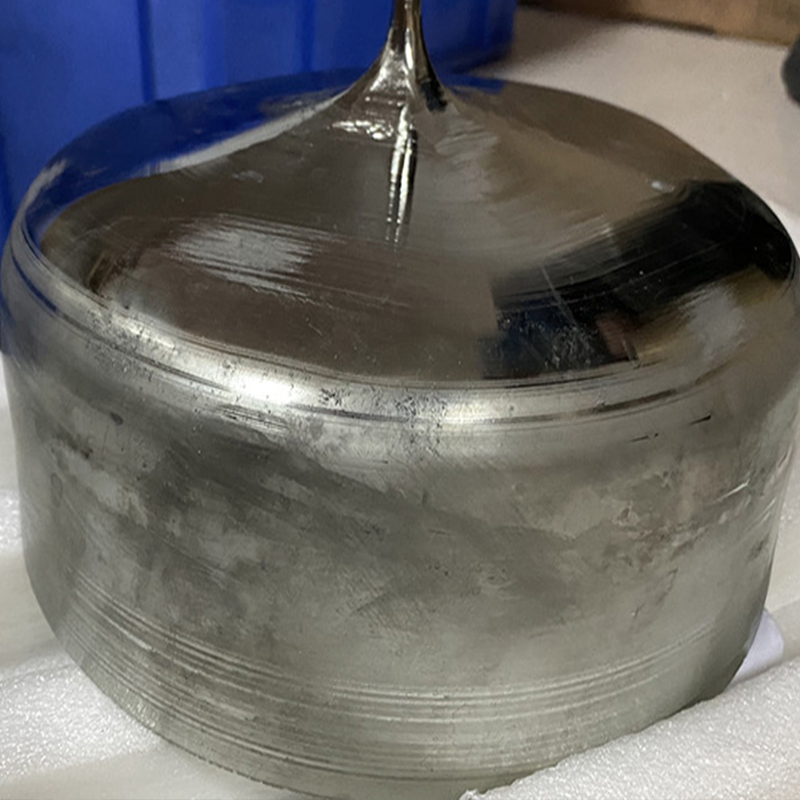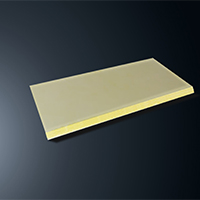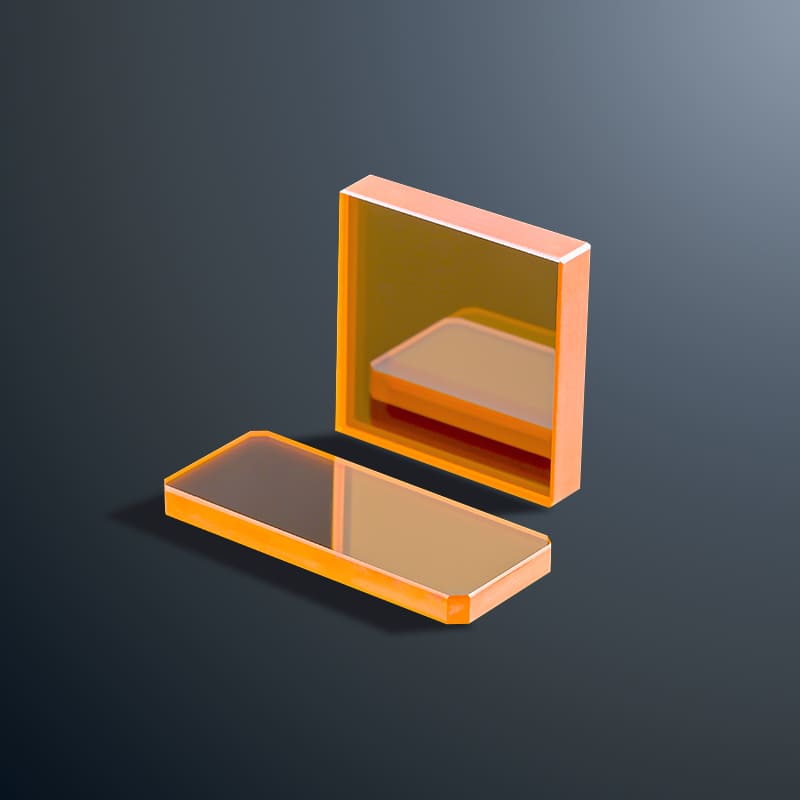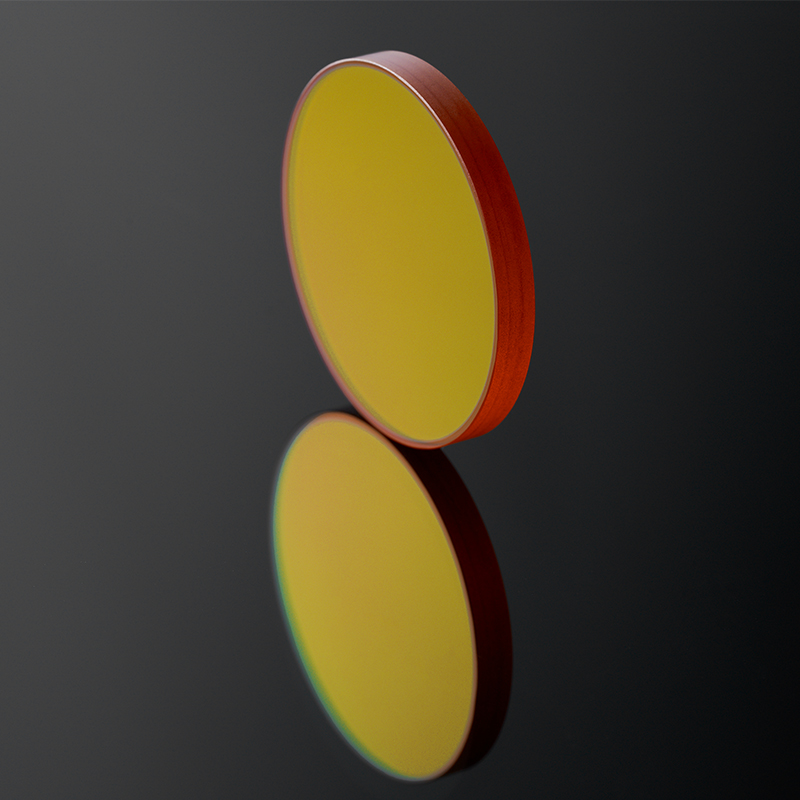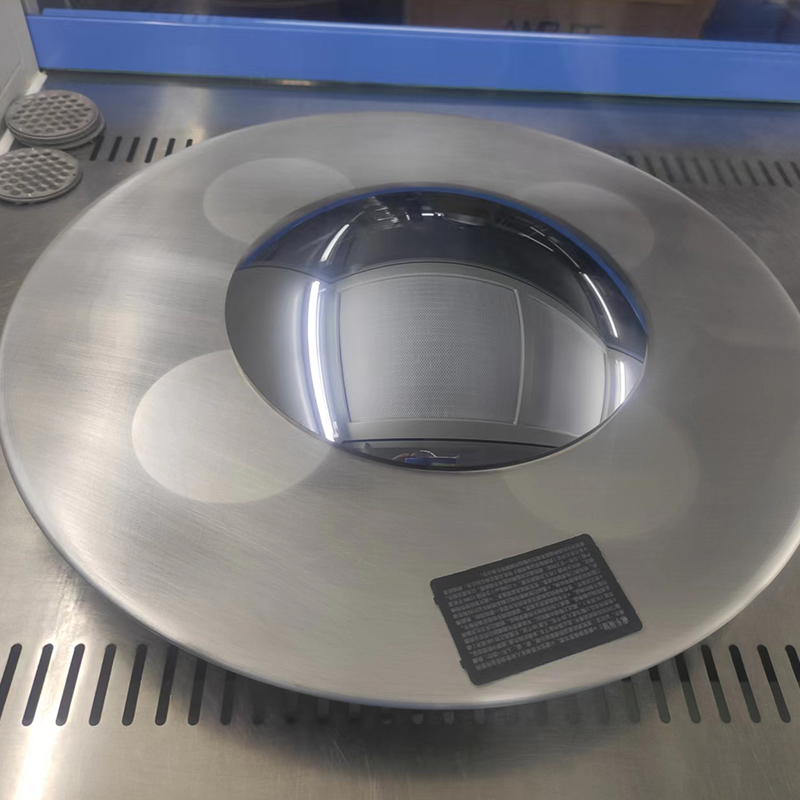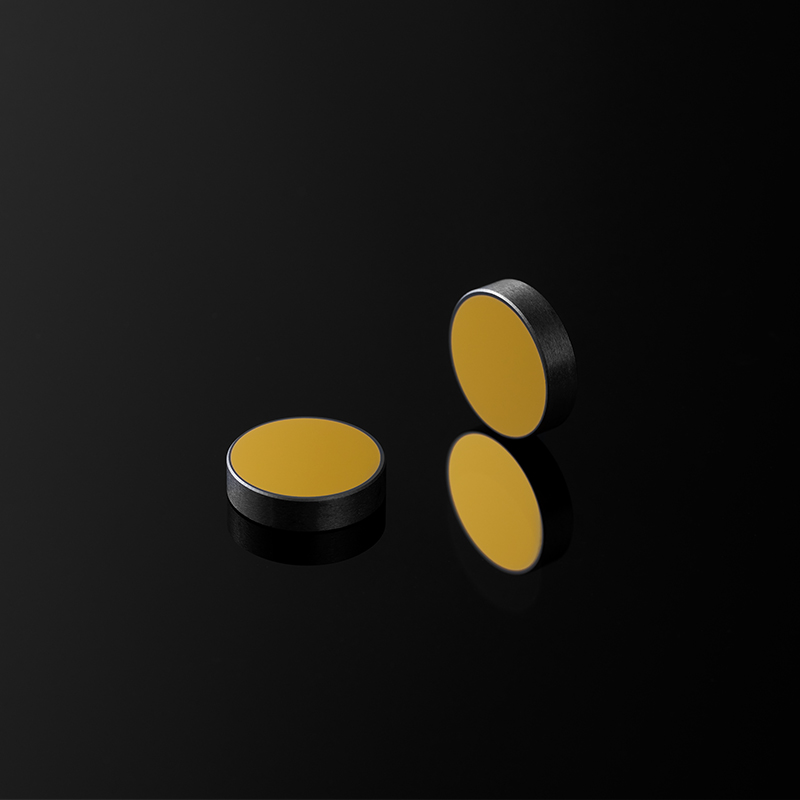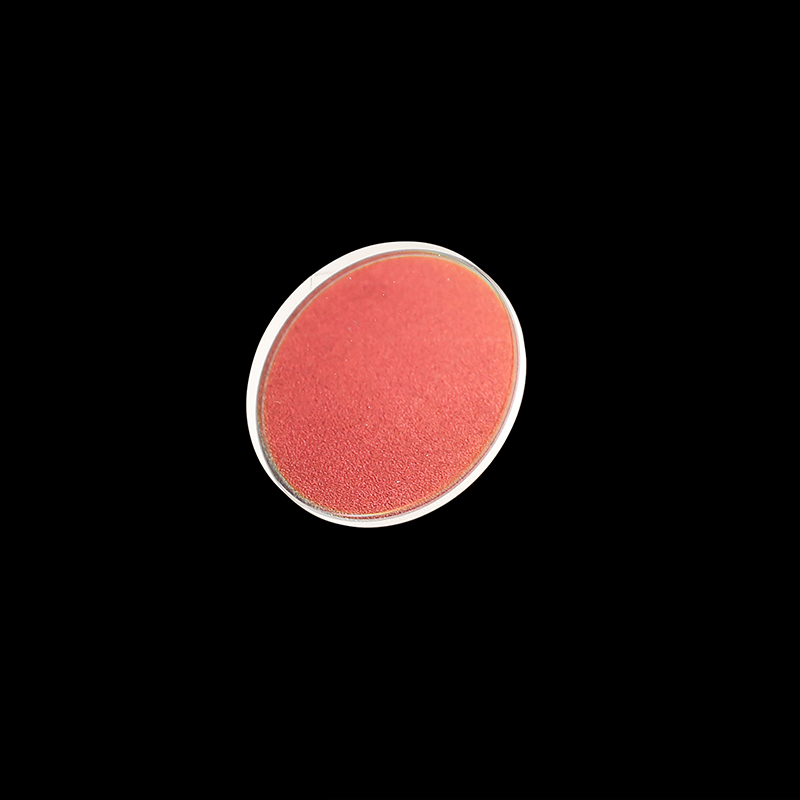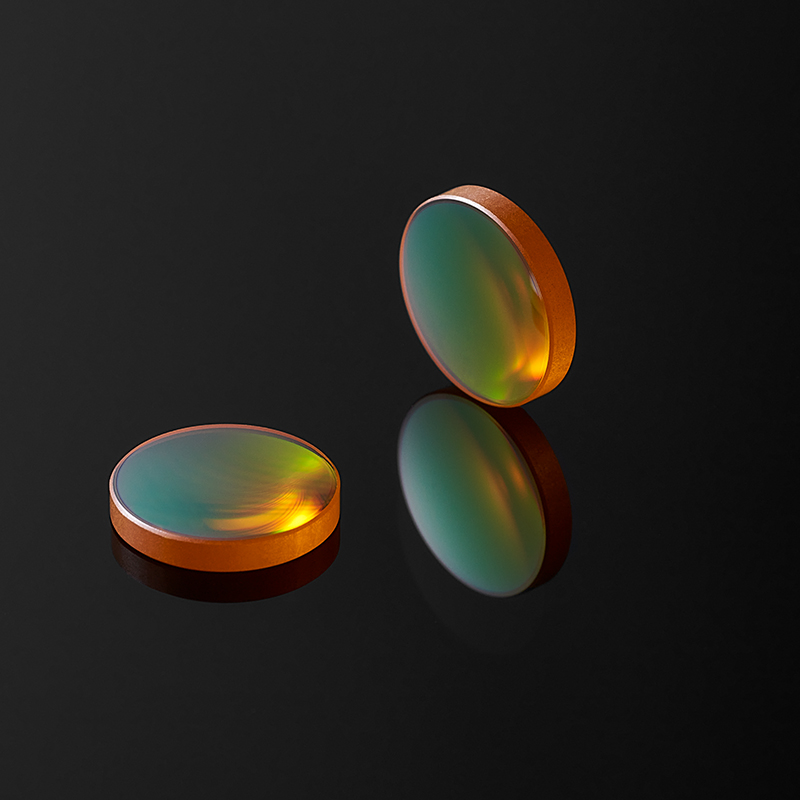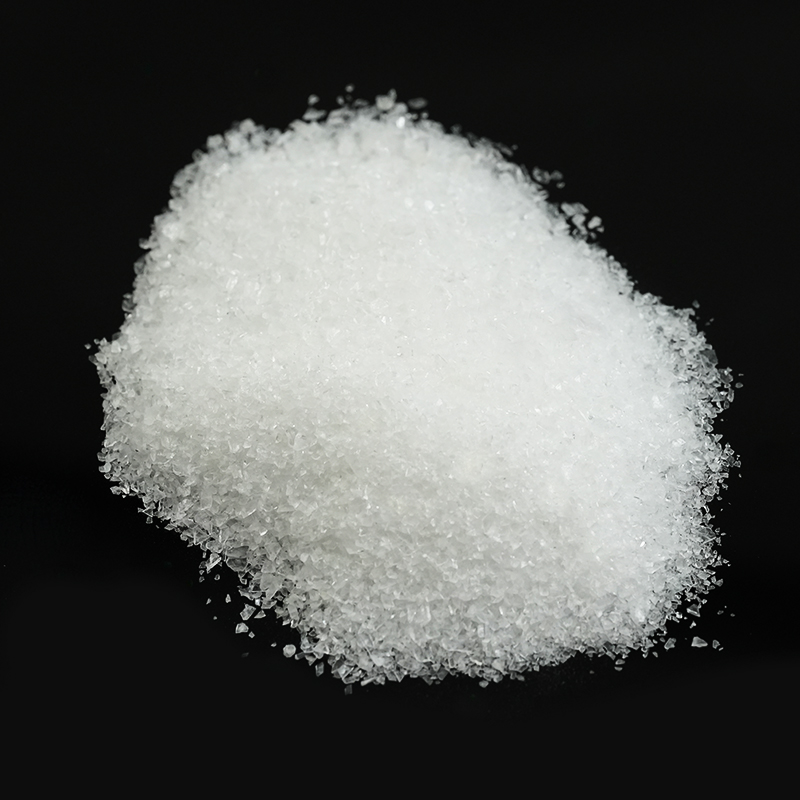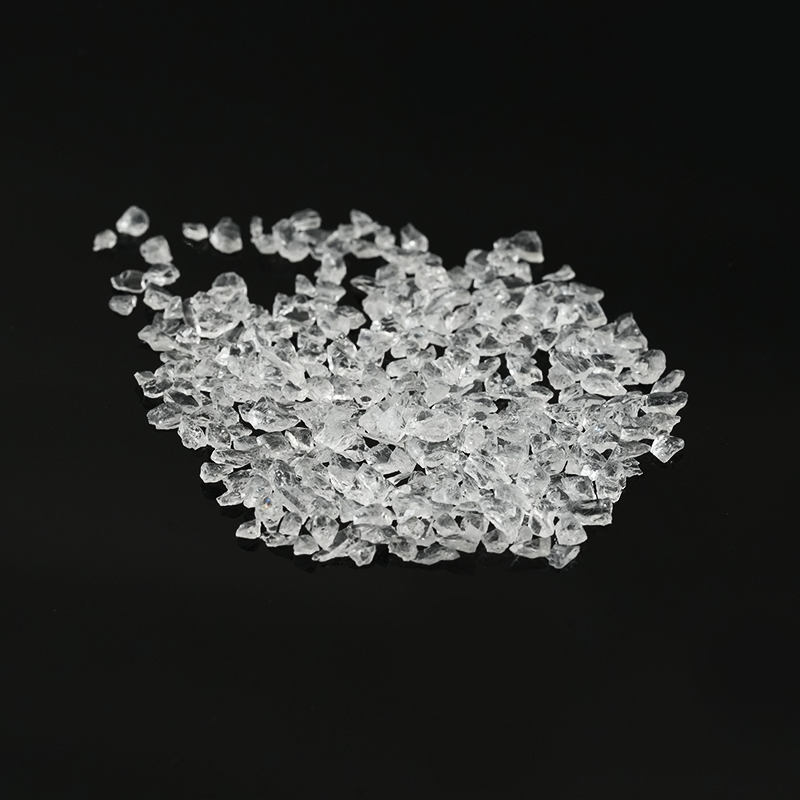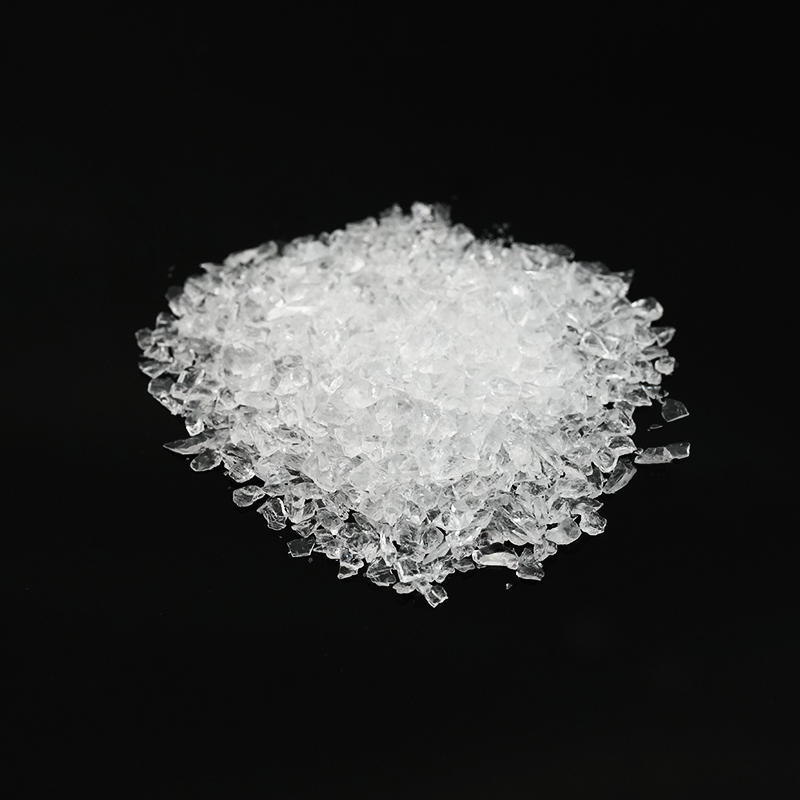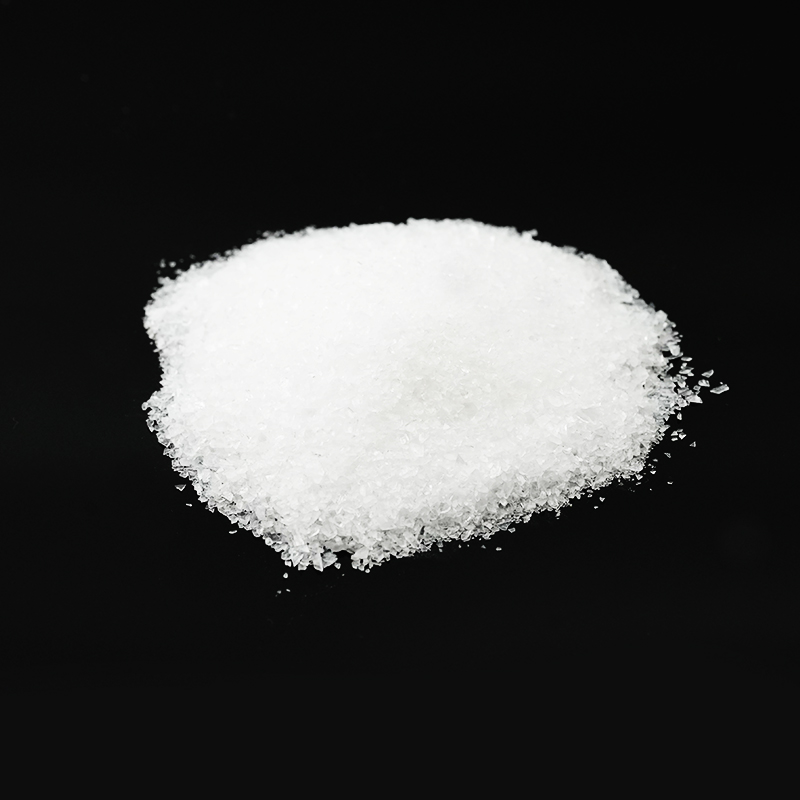-
Um Optics China Light Expo Exhibition Preview
2025-08-08
-
Um Optics Taiwan International Laser Exhibition Preview
2025-08-04
-
Preview of the 16th Um Optics Optoelectronics Industry Expo
2025-06-05
-
Um Optics shines at the 2025 German Sensor Testing Exhibition, connecting the world with innovative technology
2025-05-23
-
What are the applications of biconvex lenses?
2024-05-29
-
What are the applications of flat concave lenses?
2024-05-29
-
What are the applications of flat convex lenses?
2024-05-29
-
What are the applications of zinc selenide crystals?
2024-05-29
-
What are the applications of zinc sulfide?
2024-05-29
-
UM Optics June Nuremberg Exhibition in Germany Preview
2024-05-29
Germanium crystals, as a common optical material, play an important role in the fields of materials science and engineering. So, what type of crystal does germanium crystal belong to? Let's take a look together!
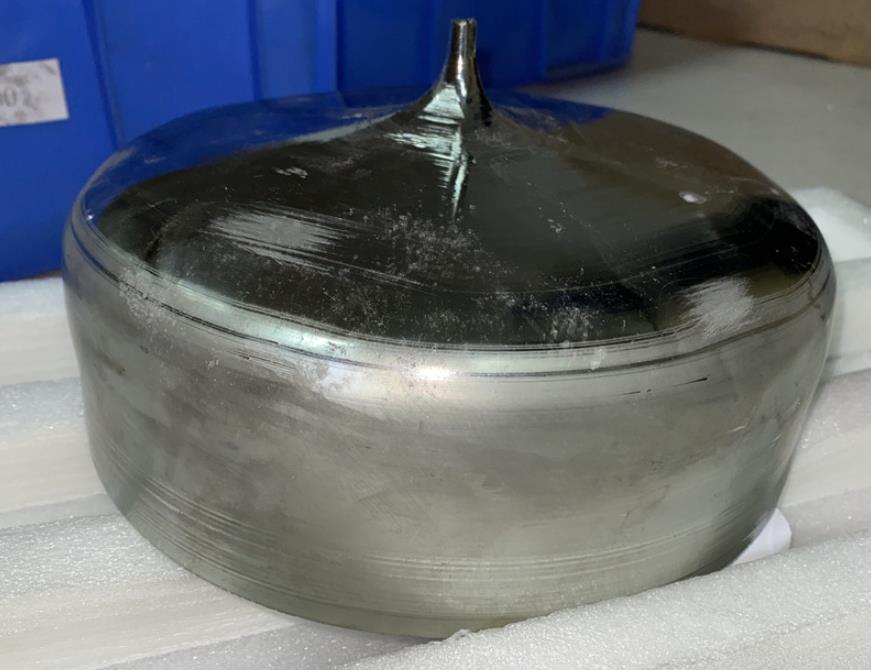
Crystals can be roughly divided into four categories: ionic crystals, covalent crystals, molecular crystals, and metallic crystals. Each type of crystal has its unique properties and applications.
Ionic crystals are formed by the combination of positive and negative ions through ionic bonds. Covalent crystals are composed of atoms connected by covalent bonds and typically have high hardness and melting point. Molecular crystals are maintained by intermolecular forces, and their properties depend more on intermolecular interactions. Metal crystals, on the other hand, are formed by combining metal atoms through metal bonds and possess properties such as conductivity and thermal conductivity.
Germanium crystals belong to covalent crystals. This is because germanium atoms are connected by covalent bonds, forming a stable crystal structure. Each germanium atom in a germanium crystal shares electron pairs with adjacent germanium atoms, forming a three-dimensional covalent network. The strength and stability of this covalent bond give germanium crystals high hardness, melting point, and boiling point. The covalent bond structure of germanium crystals also endows them with some special electrical properties. Although germanium and silicon belong to the fourth main group of elements, the conductivity of germanium is different from that of silicon. Germanium crystals have relatively high conductivity at room temperature, which makes them suitable for certain electronic devices.
In addition to covalent crystals, germanium can also form other types of crystal structures, such as molecular crystals. But this requires specific conditions, such as under high pressure or high temperature, germanium may form molecular crystals different from its usual covalent crystal structure.

